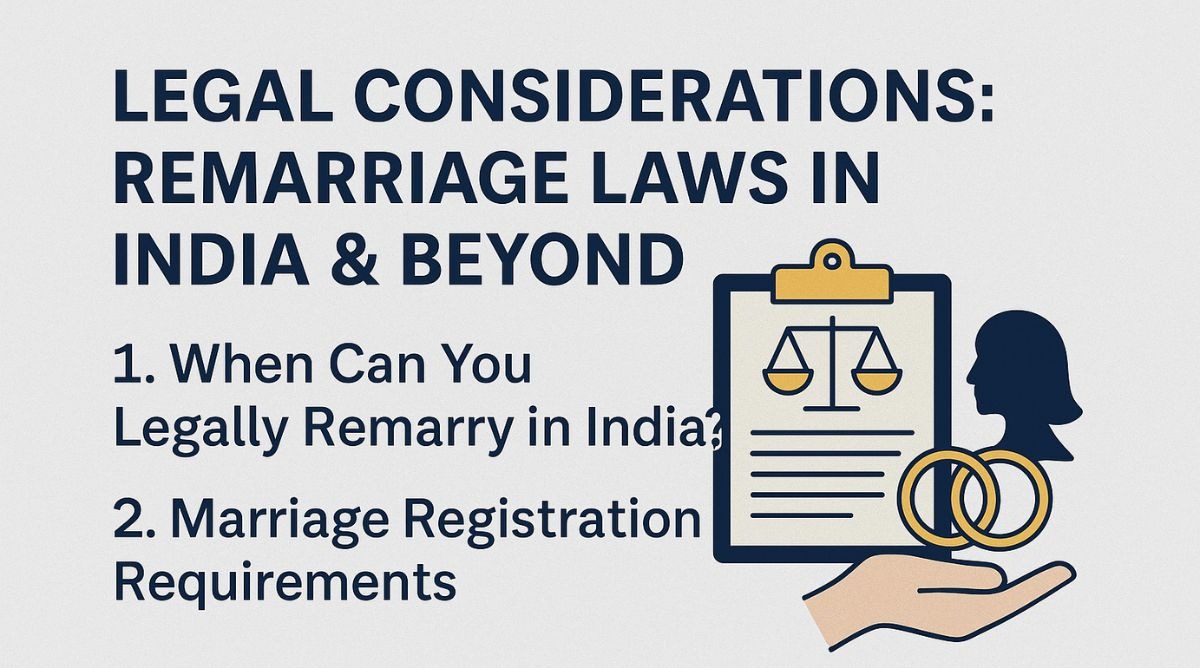Sen, J.@mdashThis revisional application is directed against an order of Sri N. Chakravarty, Sessions Judge, Burdwan, setting aside the conviction of the opposite party. Kedar Kalwar, u/s 240(1)(b) read with section 500 of the Bengal Municipal Act, 1932, and acquitting him of that charge. The prosecution was started by the Raniganj Municipality on the allegation that the opposite party, Kedar Kaiwar, had encroached upon a portion of a public street known as "Kalitala Lane" in C. S. plot No. 904 of Raniganj Municipality by constructing a corrugated iron shed thereon used as a cow-shed; that the Municipality served a notice on the 23rd June, 1950, calling upon the opposite party to remove the shed within three days and that the opposite party failed to comply with the notice and so committed the offence u/s 240(1) (b) read with section 500 of the Bengal Municipal Act, 1932. The complaint was filed in court on the 2,3rd December, 1950, although it appears that the learned Magistrate passed an order for issuing the process only on the 28th February, 1951. The learned Magistrate convicted the opposite party Kedar Kalwar and sentenced him to pay a fine of Rs. 50, in default, to suffer simple imprisonment for three weeks and to pay a daily fine of Rs. 10 so long as he did not remove the encroachment. In appeal the learned Sessions Judge held that the complaint was barred u/s 533 of the Bengal Municipal Act, 1932, because according to the finding of the learned Sessions Judge the cow-shed had been erected in the first week of June, 1950, and the case had been instituted more than 6 months thereafter, namely, on the 23rd December, 1950.
2. In this revisional application Mr. Majumdar urges on behalf of the Raniganj Muncipality that the learned Judge was wrong in his decision on the question of limitation u/s 533 of the Bengal Municipal Act, 1932, because the starting point of the limitation should be held to be the date of failing to comply with the requisition served by the Municipality u/s 240(1) (b) of the Bengal Municipal Act and not from the date of erection of the hut which was alleged to be an encroachment on the public street of the Municipality. Section 500(1) of the Bengal Municipal Act, 1932, runs as follows :
Whoever commits any offence by-
(a) contravening any provision of any of the sections, sub-sections, clauses of sections or provisos of this Act mentioned in the first column of the following table, or
(b) failing to comply with any direction lawfully given to him or any requisition lawfully made upon him under any of the said sections, sub-sections, clauses or provisos, shall be punished with fine which may extend to the amount mentioned in that behalf in the third column of the said table." Section 240(1) (b) of the Act provides that the Commissioner of a Municipality may issue a notice requiring any person to remove any wall, hoarding., scaffolding, obstruction or encroachment which he may have erected or set up in, over, above, or upon any public street, sewer, drain, aqueduct, etc., belonging to the Municipality. The Schedule u/s 500 of the Act refers to requisition to remove wall, hoarding, etc., over any public street, drain, etc. It is therefore clear that the offence complained of is the offence committed by failing to comply with the requisition to remove obstruction served u/s 240(1) (b) of the Act. Therefore, the starting point of the offence is the date on which there was such failure to comply with the requisition and not the date on which the hut or the obstruction was erected. In this case according to the petitioner Municipality, requisition was served on the 23rd June, 1950, and three days'' time was given to remove the obstruction. Accordingly, the opposite party would have time up to the 26th June to remove the obstruction and he committed the offence by failing to comply with the requisition on the 27th June, 1950. Therefore, the starting point of the offence on the Municipality''s case would be the 27th June, 3950, and therefore under section533 the complaint could be legally filed on the 23rd December, 1950, which would be within six months from the date of the commission of the offence.
3. It appears, however, on a reference to the requisition Ext. 3 which was actually served on the opposite party that the requisition was defective. The requisition was issued in a printed form of notice of which the first sentence runs as follows :
Please take notice that you are hereby required within 3 (three) days/hours from the date for service hereof to remove the encroachment made by you in erecting a C. I. shed for keeping cows over C. S. plot No. 904 named as Kalitola Lane measuring 29'' x 9''.
4. In the above form of notice both the words "days" and "hours" occurring after "3" have been penned through so that the receiver of the notice or requisition would not know within what period be was actually directed to remove the encroachment. The notice must, therefore, be considered defective. Even if we accept the contention of Mr. Majumdar that the Municipality meant three days we must hold that the time given was too short. The shed measured 29''x9'' and had been standing there for some time and a reasonable time ought to have been given in the requisition for removal of the same. In the circumstances, the notice being defective, it cannot be held that there was an offence committed by failing to comply with the same.
There is a further obstacle in the way of the petitioner that the revisional application was filed long after the usual period of 60 days within which a revisional application is to be tiled. The order of the learned Sessions Judge setting aside the conviction of the opposite party and acquitting the opposite party was passed on the 30th March, 1952. The revisional application was, however, filed on the 25th November, 1952, that is, more than 8 months after the order of the learned Sessions Judge. The reasons given for such delay in paragraphs 13, 14 and 15 of the revisional application do not appear to be sufficient. Paragraph 13 states that in the first part of May, 1952, the Municipality was advised that there might be no relief by applying to the High Court against an order of acquittal. In paragraph 14, it is stated that in view of the seriousness of the situation created by the judgment of the learned Sessions Judge the Municipality consulted competent legal opinion and about the middle of July the Municipality got opinion from Calcutta that a revisional application ought to be fled in the High Court. Even thereafter, however, the Municipality was not sufficiently prompt. In paragraph 15 it is stated that after receiving the legal opinion from Calcutta, the Vice-Chairman on behalf of the Municipality directed by the end of July, 1950, that motion be filed in the High Court. Even thereafter there was four months'' delay. It is clear that such long delay in filing the revisional application for insufficient reasons cannot be condoned. The revisional application, therefore, fails and the Rule is discharged.
Mitter, J.
I agree.

